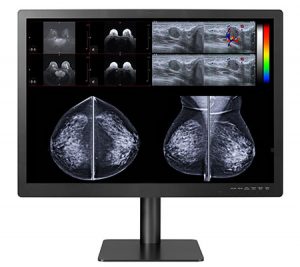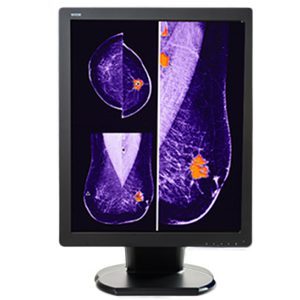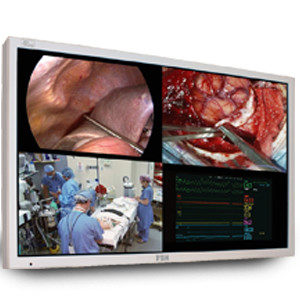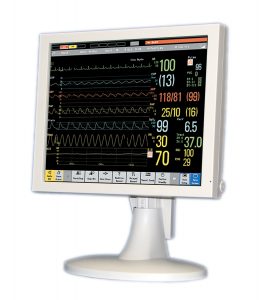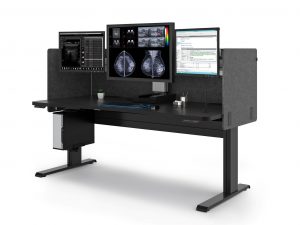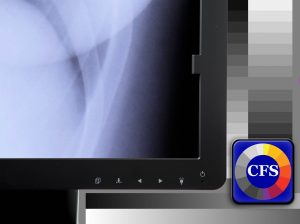No Surprises Act in Radiology
No Surprises Act in Radiology: A Summary of Key Factors
What is the No Surprises Act in Radiology?
When treated by facilities or physicians outside their insurance network patients could receive large, unexpected bills. This is known as surprise billing.
Simply stated, these providers do not participate in an insurance plan and typically bill and are reimbursed at a different rate.
The No Surprises Act is a federal law that limits the financial obligations of patients to out-of-network providers. This applies to emergency and non-emergency situations.
No Surprises Act billing rules state that a patient’s out-of-pocket expenses should be the same for out-of-network providers as it is for providers in-network. Depending on the patient’s insurance plan, this will be the co-payment, co-insurance, or deductible that is normally owed to in-network providers.
When was it voted on?
In December 2020, Congress signed the Consolidated Appropriations Act. The No Surprise Act is part of that legislation.
When did it go into place?
The No Surprises Act effective date was January 1, 2022, so you are now expected to follow the law.
What has changed because of this act?
If your state has already enacted no surprise billing legislation, the No Surprises Act will not supersede it.
For states that have not yet enacted a surprise billing law, the No Surprises Act will result in several changes.
For non-emergency care, you will need to obtain consent prior to providing services.
Secondly, the patient cannot be billed directly. You will need to bill and negotiate reimbursement through the insurance provider.
Once you have received payment, you have 30 days to negotiate or appeal the amount.
Finally, you will need to use the established system to negotiate and/or request arbitration of reimbursement rates.
Services Covered
If a patient requires emergency care, you should provide services until they are stabilized. As an out-of-network facility, you must then address the issue with the patient to obtain consent to be transferred to an in-network facility or physician.
The patient can also consent to continue receiving out-of-network services from you.
Patients who sign consent waivers will then be responsible for the balance of uncovered expenses.
In a non-emergency situation, if your facility has in-network providers, you are permitted to request a consent waiver. This allows you as the provider to balance bill the patient.
In these non-emergency situations, it is important to note that you need to give the patient a written consent waiver 72 hours prior to the procedure/medical service.
You need to include the following in the consent waiver:
- A declaration that you are not in the patient’s insurance network
- An estimate of the cost of your services that is as accurate as possible
- If your facility is in-network, a list of in-network providers at your facility
- A summary of any prior authorization or care management requirements that must be in place prior to the procedure/service
- A statement that the patient can opt to receive care from an in-network provider
When the non-emergency procedure will occur in less than 72 hours, you must provide the notice/consent waiver at the time the appointment is made.
Independent Dispute Resolution (IDR)
The No Surprises Act provides a system for negotiating reimbursement. Please note, you only have 30 days to come to a resolution with the payer or to file a dispute if you cannot come to an agreement.
If you fail to reach an agreement with the payer, you or the payer have four days to activate the Independent Dispute Resolution (IDR) system.
Once the IDR is initiated, you and the payer will each submit an amount to an arbitrator, who will select one of those amounts as the settlement.
You cannot split the difference or request further negotiation.
Once decided, neither you nor the payer can repeat the process for the same service or procedure with each other for 90 days.
The losing party pays the cost of the arbitration process.
Over time, you will learn what level of payment is acceptable to the arbitrator, and this should limit the need for IDR appeals.
Impact on Radiologists
Radiologists and other ancillary service providers are not able to use consent waivers. This means you must abide by the in-network payment policies of the Act.
The No Surprises Act does not exempt patients from financial responsibility. You can expect them to pay what they would pay if you were in-network. This will be clearly communicated to you on the Explanation of Benefits (EOB) that the insurance company sends with their payment to your practice. You can bill the patient for this amount once you have accepted the payment or a payment has been negotiated. You can bill them for their co-payment, co-insurance, or deductible as indicated in their insurance plan.
Time and resources spent negotiating rates and engaging in arbitration, will impact finances for you and the payer. It is in your best interest to establish a system to minimize this impact.
One solution is to try to reach an agreement with out of network (OON) payers. This will eliminate potential disputes about reimbursement, special claim handling and costs of arbitration via IDR, so it will be beneficial to them to make this agreement with you.
Importance of developing an internal process
You will learn about the charges and reimbursement for OON patients as you settle disagreements with the payer. However, handling charges for these patients will require a different system than what you use for in-network billing.
Be sure in-network vs. out-of-network status is clearly determined from the beginning for these patients so their reimbursement claims can be processed correctly.
Even though patients are out-of-network, you should submit your initial claim to the insurance company for your full fee.
Your system should tag accounts so that you can review payments when they are received. This will avoid billing the patient for the balance rather than the allowed amounts.
You also want your staff to determine whether the payment is acceptable to your practice within the 30-day negotiation window. This way, you don’t miss the opportunity to negotiate a rate or file a dispute.
Your staff can respond quickly and know if negotiation is necessary. If you take the time to create a list of reimbursement rates that you find acceptable for your procedures. Also, over time you will learn from the arbitrator what is an acceptable reimbursement level.
Claim processing can be more efficient if you create a fee schedule within your accounting system.
About Double Black Imaging

Since 2002, Double Black Imaging has brought high quality computing and imaging products to the market in response to changes in the market technology and medical care. We offer solutions that will help you implement these changes effectively and with minimal effort.
Contact us today at (877) 852-2870 or email us at sales@doubleblackimaging.com to learn more about how our products can help you comply with these new requirements without a negative impact on your budget.
